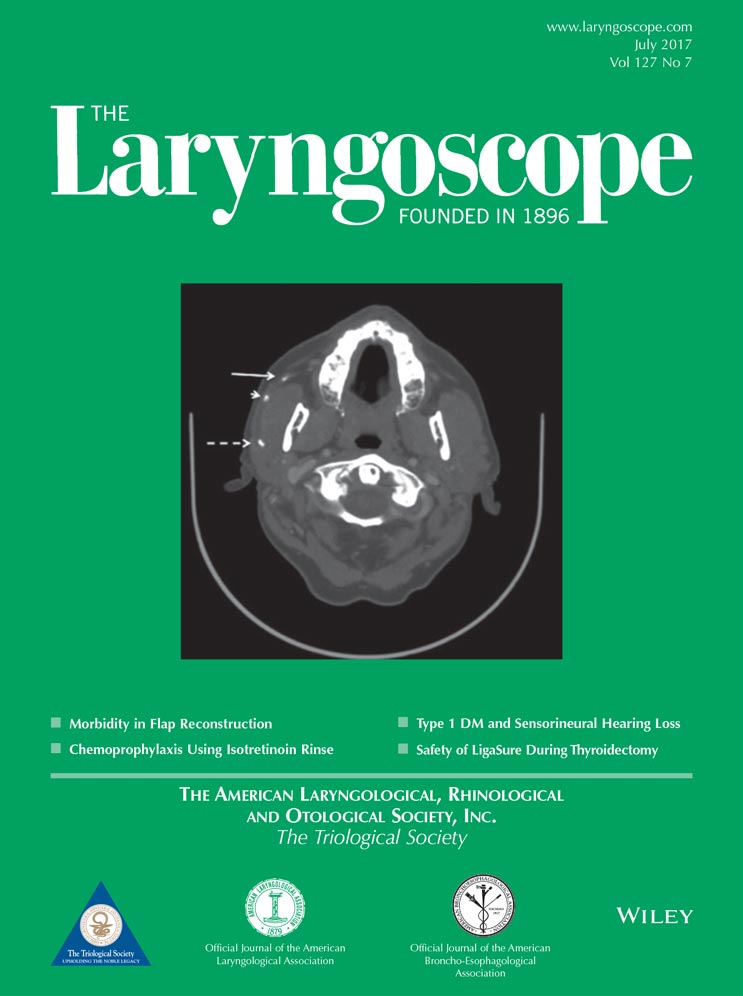Management of mal de debarquement syndrome as vestibular migraines
Financial Disclosure: The authors have no funding, financial relationships, or conflicts of interest to disclose.
Abstract
Objective
Mal de debarquement syndrome (MdDS) is a balance disorder that typically starts after an extended exposure to passive motion, such as a boat or plane ride. Management is typically supportive (e.g. physical therapy), and symptoms that persist beyond 6 months have been described as unlikely to remit. This study was conducted to evaluate the response of patients with MdDS to management with migraine prophylaxis, including lifestyle changes and medical therapy.
Study Design
Prospective review.
Setting
Ambulatory setting at a tertiary care medical center.
Methods
Clinical history, detailed questionnaires, and audiograms were used to diagnose patients with MdDS. Those patients with the diagnosis of the MdDS were placed on our institutional vestibular migraine management protocol. Treatment response was assessed with a quality-of-life (QOL) survey and visual analog scale.
Results
Fifteen patients were diagnosed with MdDS, with a predominance of females (73%) and a mean age of 50 ± 13 years. Eleven patients (73%) responded well to management with a vestibular migraine protocol, which included lifestyle changes, as well as pharmacotherapy with verapamil, nortriptyline, topiramate, or a combination thereof. In comparison, a retrospective control group of 17 patients demonstrated a lower rate of improvement when treated with vestibular rehabilitation and physical therapy.
Conclusion
Management of MdDS as vestibular migraine can improve patients' symptoms and increase the QOL. Nearly all the patients suffering from MdDS had a personal or family history of migraine headaches or had signs or symptoms suggestive of atypical migraine.
Level of Evidence
4 Laryngoscope, 127:1670–1675, 2017




